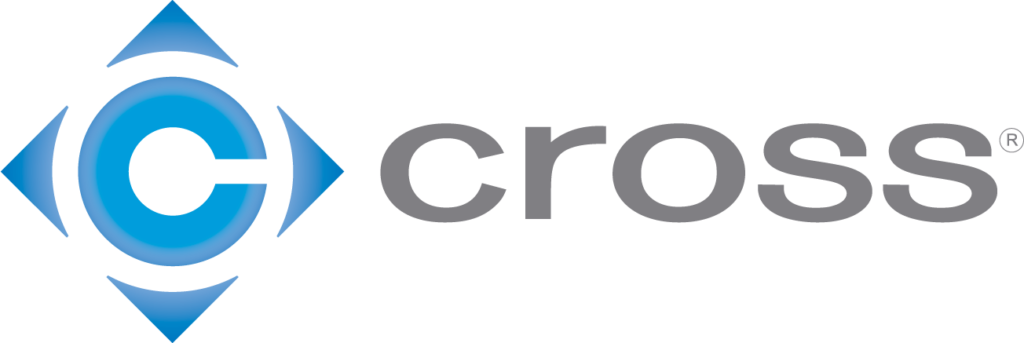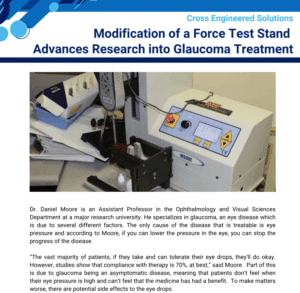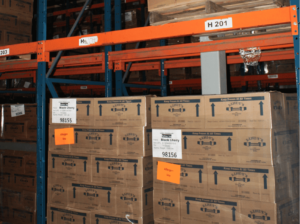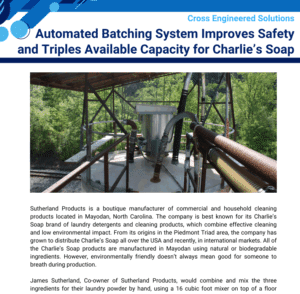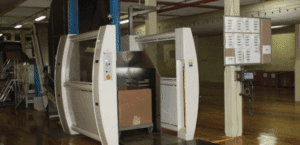Ensuring Project Success Through Comprehensive and Agreed-Upon Documentation
The beginning of a new project can be an exciting and fast paced time. The sales person is looking forward to seeing a proposal become a project, the engineers are enthusiastic about building another great system, and the customer can’t wait to prove their ROI calculations to the corporate team. The thrill of breaking ground on such an endeavor can make the most seasoned teams forget what lays the foundation of a successful project.
It’s not sexy.
It’s not new.
It’s not fun.
It’s documentation.
More specifically, it’s the front-end project documentation that defines what is going to be done, how it will be done, and why we are doing it in the first place. To create great documentation, two things need to happen. First, it must be developed correctly, and second, it must be agreed upon.
Beautiful documentation that does not receive agreement is useless.
Terrible documentation that is agreed upon is dangerous.
No documentation and no agreement leads to almost certain failure.
If any of these conditions occur, the project is at risk of scope creep, denial of responsibility, unsafe execution, and financial failure.
Projects that are safe, efficient, and successful start with documentation that is both correct and approved. Unfortunately, this takes time and humility, two things that can be difficult to come by in our industry. Time is needed to write, review, and iterate documents. Humility is needed to slow down, listen, and think. At Cross Company, we place humility high on our list of cultural cornerstones for this exact reason.
There are many different documents that a systems integrator can write to define a project, but the two most critical are the Scope of Work and the Design Specification. The Scope of Work is a high level definition of responsibility that is developed and approved before moving onto the Design Specifications. The Design Specification then explains the technical details of the project execution. On large projects, the Design Specification can be broken down into a higher level Functional Design Specification (FDS) and lower level Detail Design Specification (DDS).
Generally, the Scope of Work is written during the proposal stage of the project, and the Design Specification is written during the design phase of the project. What is most important to consider here is that this documentation is written before any project work begins.
Once a project has a defined scope of work and approved design specifications, the fun can finally begin. Remember the team I introduced in the beginning of the article? The sales person, the engineers, and the customer can now proceed with work in peace and confidence, knowing they can hold each other accountable to the wonderful project documentation. Everyone knows what to expect and who’s providing it. I can hear them sleeping soundly already.


